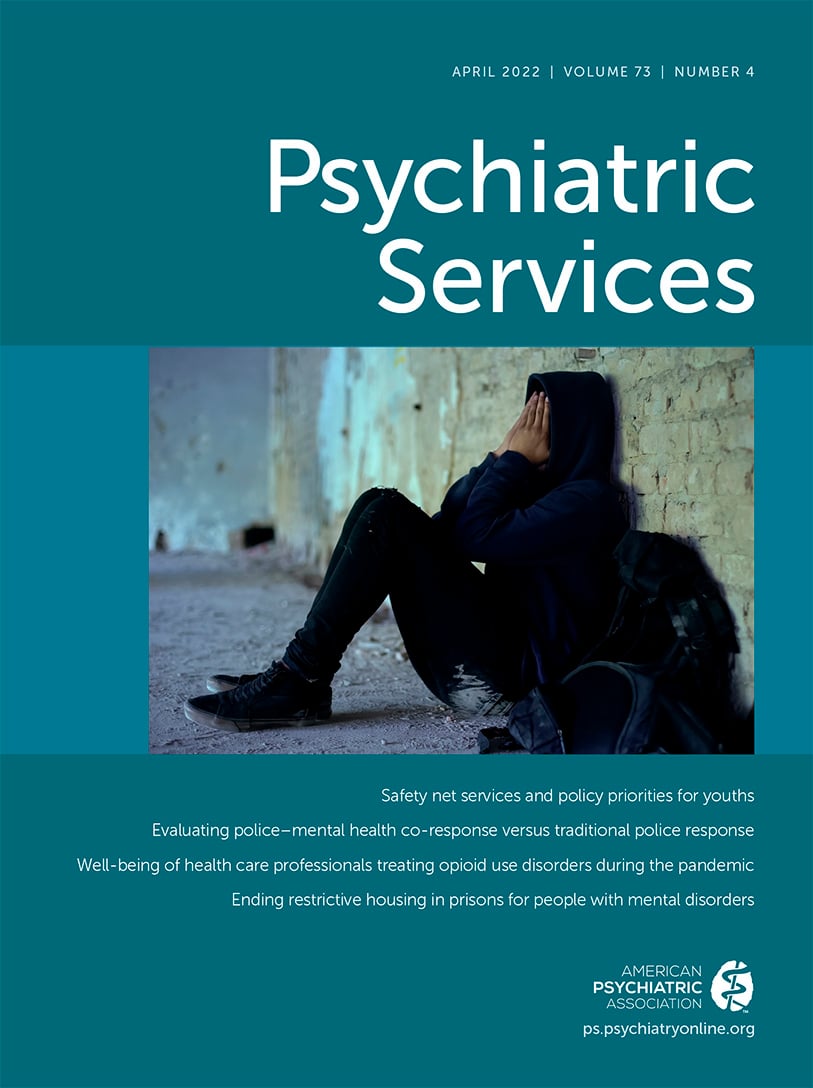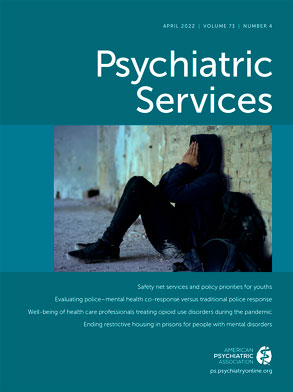Through these efforts, the federal government deemed the MDOC’s treatment of people on mental health watch a violation of the Constitution’s prohibition against cruel and unusual punishment for two core reasons. First, those on mental health watch experience near-total neglect from staff and, more troublingly, have regular access to objects that allow for self-harm and mutilation. Second, they can be confined in isolation for weeks, even months, during which time they are in their cells for at least 23 hours per day without meaningful mental health care, recreation, or human contact.
Absent supervision.
The investigation found that people on mental health watch have ready access to injurious objects, such as razors, batteries, and debris (e.g., paint shards). In fact, several persons who had previously experienced mental health watch reported that these objects were already in the watch cell. Some even said that the staff had provided them with razors to enable them to self-harm. On the basis of data collected during the investigation, the federal government found that the following incidents had occurred in the span of about 13 months (i.e., from July 2018 to August 2019): 217 cases of self-mutilation, 85 cases of individuals “inserting objects in their bodies,” 77 attempted hangings, 34 cases of “ingestion of foreign bodies,” and 17 attempted asphyxiations (
5).
Despite these repeated occurrences, the investigation revealed that the MDOC has no meaningful policies in place to prevent such incidents and that it offers no specialized training for staff assigned to mental health watch. These problems are further compounded by the fact that staff often do not know the reasons why persons are placed on mental health watch in the first place, nor are they aware of the kinds of behaviors that the incarcerated individuals have exhibited since being placed on watch. Furthermore, MDOC has no process for removing dangerous objects from those on mental health watch. It also provides no instruction on how staff should search cells before and during the confinement. Worse yet, the investigation confirmed that safety measures are so cursory that razors and other dangerous objects can be smuggled in and out of mental health watch cells without staff noticing.
Moreover, although the MDOC policy requires staff to be in constant one-on-one contact with those on mental health watch, staff often ignore occurrences of self-harm. Staff routinely fall asleep during shifts, a problem that is perpetuated by personnel shortages. Staff have also avoided calling for medical attention even when they have observed individuals harming themselves. For example, the investigation noted an officer forgoing action for 45 minutes, despite having seen an inmate who had cut himself so badly that his blood had pooled all over the ground.
Untherapeutic and dangerous conditions.
The investigation also found that the MDOC not only fails to provide therapeutic and mental health resources to people on mental health watch, but it also fosters conditions that increase risks of injury. In the words of one incarcerated person, “There’s nothing therapeutic about [mental health watch] . . . it’s basically solitary [confinement]. At least at [the state psychiatric hospital], they actually have mental health [staff] and psychiatrists coming around and talking with you, [and] you actually get a magazine, a Walkman, crayons, and get out of your cell for things to do” (
5).
Those on mental health watch can go a full day without interacting with a mental health professional, staying isolated in cells that measure on average 93 square feet (i.e., the size of a parking space). Furthermore, when clinical interactions do occur, they happen through the space of a cracked-open cell door, allegedly “because of space, time, or security staffing constraints needed to move the prisoner” (
5). As a result, assessments and treatment attempts occur in front of other correctional staff and in earshot of neighboring cells, breaching ethical principles of confidentiality and privacy, as well as violating the MDOC’s policy that clinical assessments should happen outside the cell.
The MDOC’s chronic failure to deliver meaningful mental health resources is partly due to a clinical workforce that is spread thin. In January 2019, the Massachusetts legislature broadened the definition of what constitutes a “severe mental illness” in carceral settings, increasing the covered population by 300% (i.e., from 650 to >2,000 people). The legislative change, however, did not come with an increase in clinical hiring. The net result was that prison caseloads skyrocketed overnight, leading clinicians to spend very little time—commonly no more than 10 minutes—with persons on mental health watch.
What is more, despite a policy that caps the amount of time someone can be on mental health watch to 96 hours, the time one may spend on watch is frequently much longer. According to other data collected by the DOJ, between July 2017 and August 2019, 51 persons spent at least 1 consecutive month on mental health watch, and 16 stayed there for >3 consecutive months. Throughout these periods, individuals can seldom go outside, lack stimulation or recreation, and are often dressed in security smocks rather than in their own clothes, making them feel dehumanized and degraded (
5). And because of the inhumane conditions created by mental health watch, instances of self-harm and attempted suicide occur frequently. For example, one man tried to hang himself with his security smock after being isolated in his cell for 50 straight days. Cases such as this one corroborate research (
9) that has found that solitary confinement, restrictive housing, and other forms of punitive seclusion aggravate the symptoms of people in urgent need of mental health care, putting their safety and lives in jeopardy.

